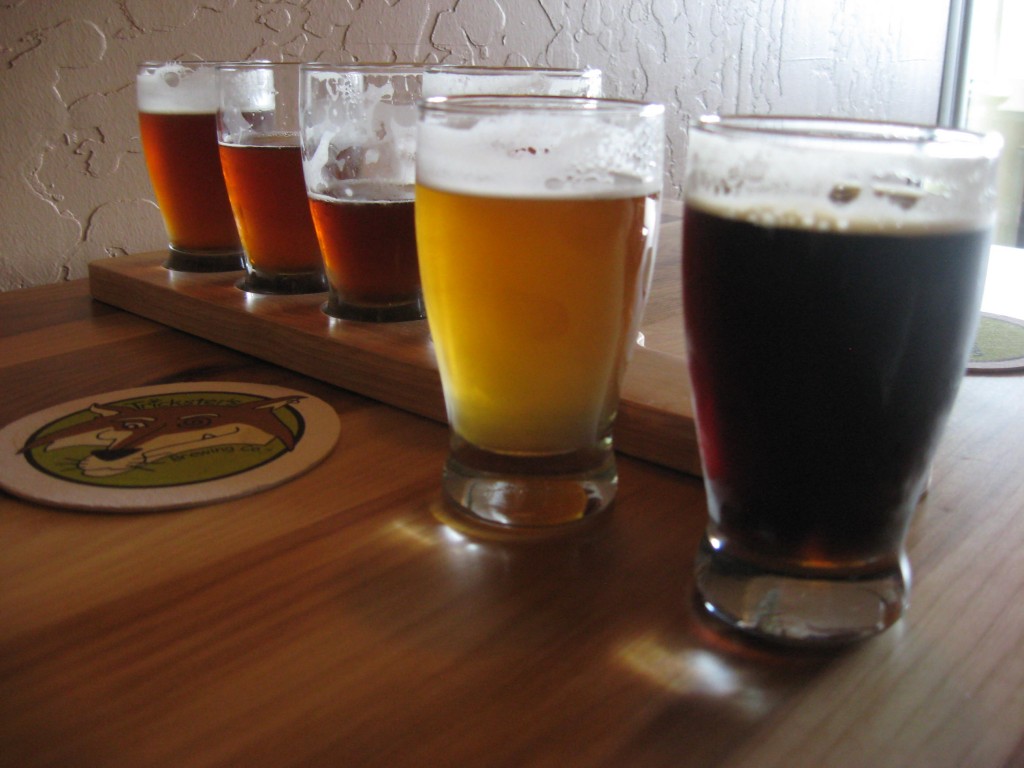Courtesy rockonbeer.com

Written by Brandon Jones for Embracethefunk.com
This is a tricky post for me to write, but being that I have a background in TV News I do think this is a story that professional brewers and home brewers need to be aware of.
Is WLP644 Brettanomyces Trois actually Brettanoymces? This is a question that was raised in a discussion group I am a part of for wild yeast and bacteria brewers. It’s a discussion that I have pretty much stayed out of, but have watched unfold with much interest. I am going to post this entry as a basic timeline overview of the events so far. I feel like it is in the best interest of brewing if there is a page that had all the info accurately listed from the beginning. Hopefully this will curb “the telephone game†effect as more people research and discuss.  I won’t be making any comments on to use or not to use this strain. It is not my place in this story. I am only providing this information so you can make an informed decision.
The background: Continue reading “BrettaNOmyces?”





 Nearly everyone has heard of the legendary upstate New York hops industry. While many people cite “the blight” as the cause for its demise, they are unaware of other more important factors which also contributed. Lately, there has been a great deal of discussion regarding the possibility of growing hops again in this area, with many people asking if it can be done, and if so, how? The answer to that important question is yes, but to be successful, an entirely new approach must be taken. Fortunately, there are people willing to pursue that different angle, and in doing so, they are helping to both preserve hops history and plant economic seeds for the future.
Nearly everyone has heard of the legendary upstate New York hops industry. While many people cite “the blight” as the cause for its demise, they are unaware of other more important factors which also contributed. Lately, there has been a great deal of discussion regarding the possibility of growing hops again in this area, with many people asking if it can be done, and if so, how? The answer to that important question is yes, but to be successful, an entirely new approach must be taken. Fortunately, there are people willing to pursue that different angle, and in doing so, they are helping to both preserve hops history and plant economic seeds for the future.

You must be logged in to post a comment.